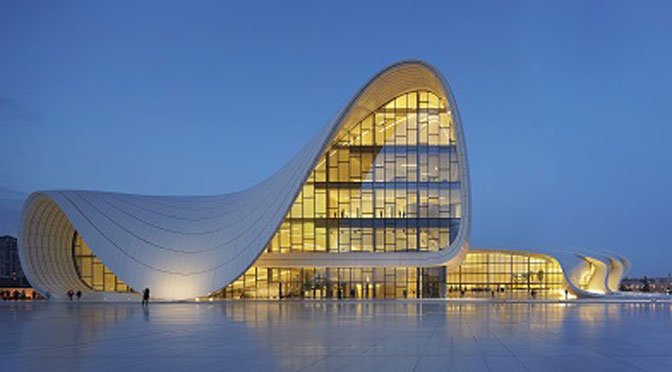Composition is a fundamental element of architectural photography that can transform ordinary photos into visually compelling images. By mastering various composition techniques, photographers can effectively highlight architectural details, create balance, and guide the viewer’s eye through the frame. Here’s a comprehensive guide to using composition to enhance your architectural photos.
The Importance of Composition in Architectural Photography
Composition is the arrangement of visual elements within a frame. In architectural photography, composition helps to:
- Emphasize the design and features of a building.
- Create a sense of balance and harmony.
- Guide the viewer’s eye to key areas of interest.
- Enhance the overall aesthetic appeal of the photo.
Key Composition Techniques
1. Leading Lines
Definition:
Leading lines are lines within an image that lead the viewer’s eye towards a specific point or through the scene. These can be actual lines, like roads or pathways, or implied lines created by the arrangement of architectural elements.
Application:
Use leading lines to draw attention to important features of the architecture. For example, a series of columns can lead the viewer’s eye towards the main entrance of a building. Leading lines create depth and perspective, making the photo more engaging.
2. Symmetry and Patterns
Symmetry:
Symmetry involves creating a balanced and harmonious image by having similar elements on either side of a central axis. Architectural designs often incorporate symmetry, which can be effectively captured through careful composition.
Patterns:
Patterns are repeated elements or motifs within a design. Capturing these patterns can emphasize the rhythm and structure of the architecture.
Application:
Position your camera to capture symmetrical compositions, ensuring that the central axis is perfectly aligned. Highlight patterns by focusing on repetitive elements, such as windows, tiles, or arches.
3. Framing
Definition:
Framing involves using elements within the scene to create a “frame” around the subject, directing the viewer’s attention and adding depth to the image.
Application:
Use natural frames such as doorways, windows, or archways to enclose your subject. This technique draws attention to the architecture and adds context to the scene.

4. Perspective and Angles
Changing Perspectives:
Experimenting with different perspectives can reveal unique aspects of the architecture. Shooting from a low angle can make a building appear more imposing, while a high angle can provide an overview of the layout.
Application:
Vary your shooting height and angle to discover interesting perspectives. For example, photographing a building from ground level looking up can emphasize its height and grandeur.
5. Rule of Thirds
Definition:
The rule of thirds is a compositional guideline that divides the frame into nine equal parts using two horizontal and two vertical lines. Placing key elements along these lines or at their intersections creates a balanced and visually appealing image.
Application:
Align important architectural features with the lines or intersections of the rule of thirds grid. This technique helps create a sense of balance and guides the viewer’s eye through the composition.
6. Depth and Layers
Creating Depth:
Incorporating foreground, middle ground, and background elements can add depth to your architectural photos. This technique makes the image more dynamic and three-dimensional.
Application:
Include elements like trees, people, or other structures in the foreground and background to create a layered composition. This approach adds context and enhances the sense of scale.
Practical Tips for Effective Composition
1. Plan Your Shots
Research and Scout:
Before photographing, research the architecture and plan your shots. Visit the location to scout potential angles and compositions. Understanding the building’s design and key features will help you compose more intentional and impactful images.
2. Use a Tripod
Stability and Precision:
A tripod provides stability, especially in low light conditions or when using slow shutter speeds. It also allows for precise framing and composition adjustments.
3. Pay Attention to Details
Eliminate Distractions:
Ensure that your composition is free of distractions that might draw attention away from the architectural subject. Pay attention to elements like trash bins, cars, or people that might clutter the frame.
Highlight Key Features:
Focus on the most important architectural elements, using composition techniques to draw attention to these features. Whether it’s an ornate door, an intricate facade, or a unique structural detail, make sure it stands out.
4. Experiment and Practice
Try Different Approaches:
Don’t be afraid to experiment with different compositional techniques and perspectives. Practice regularly to develop your eye for composition and to discover new ways to showcase architecture.
Conclusion
Effective composition is crucial in architectural photography, allowing photographers to highlight design elements, create balance, and produce visually compelling images. By mastering techniques such as leading lines, symmetry, framing, and perspective, you can enhance your architectural photos and capture the beauty and intricacy of buildings. With careful planning, attention to detail, and regular practice, you can elevate your architectural photography and create stunning images that truly stand out.

